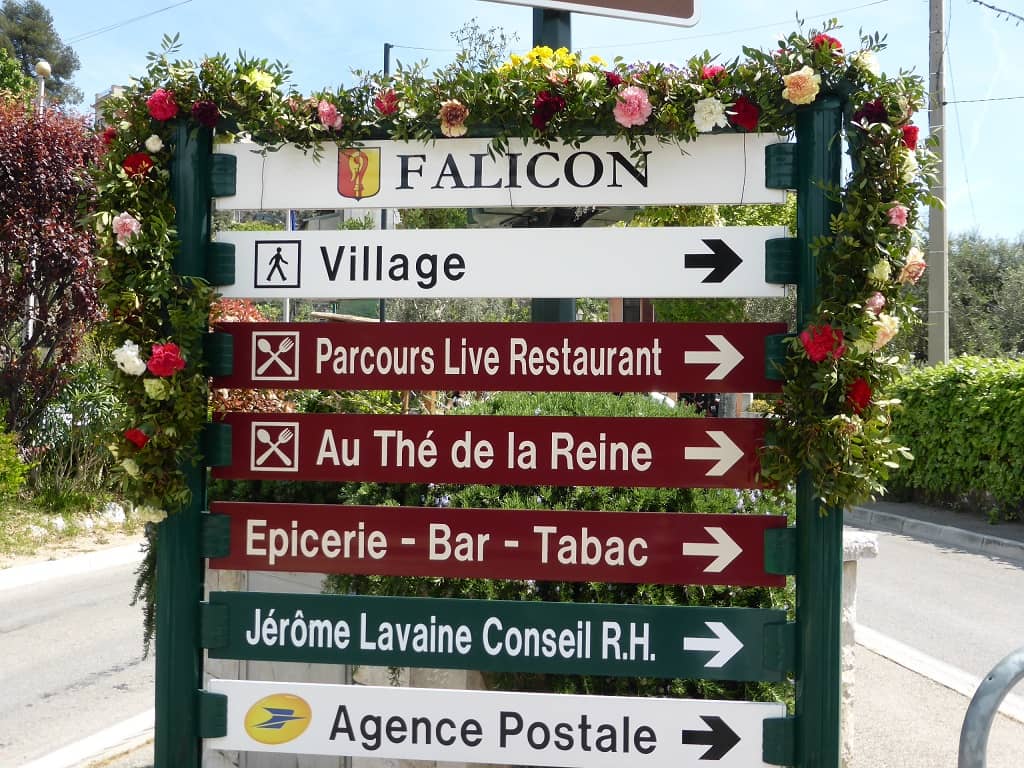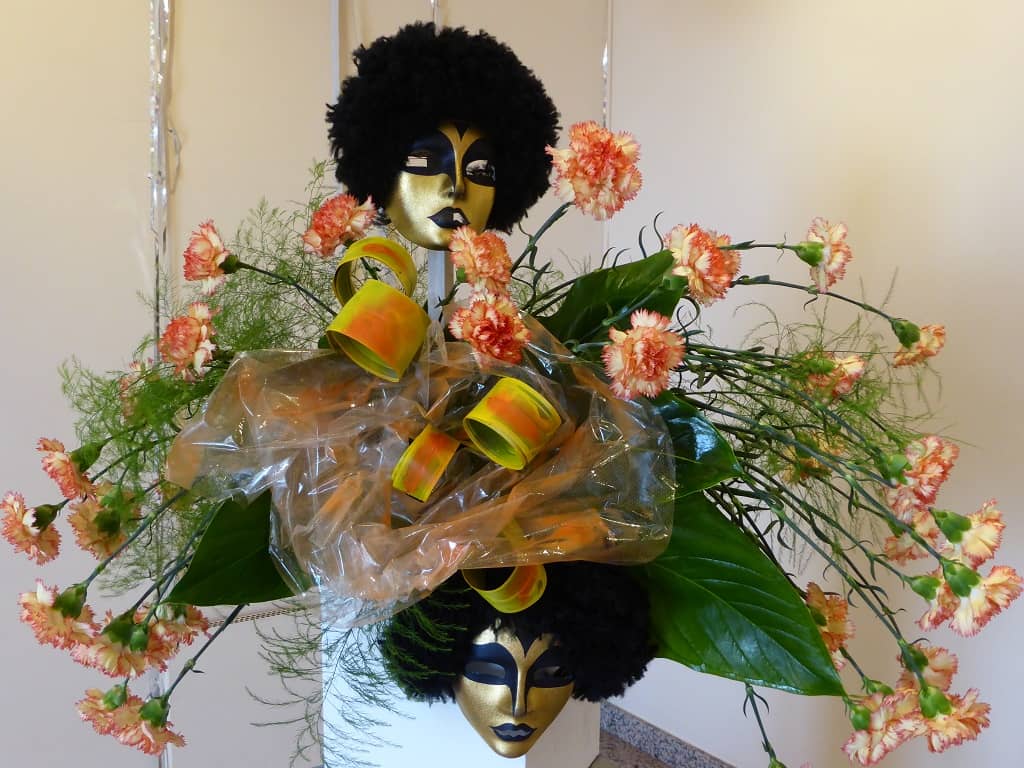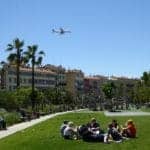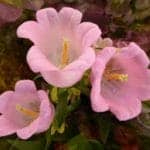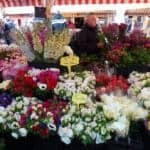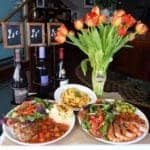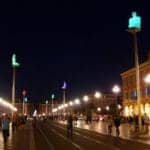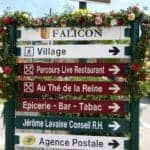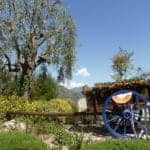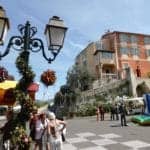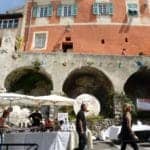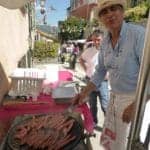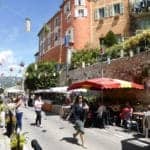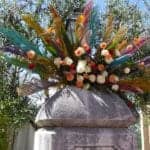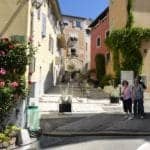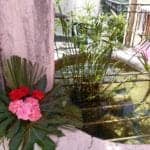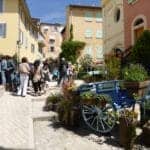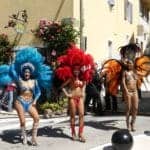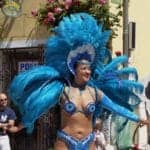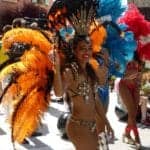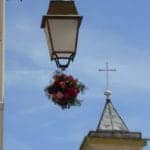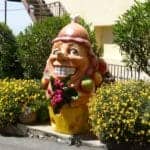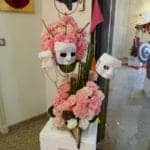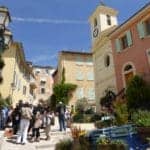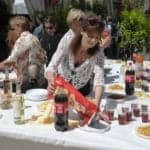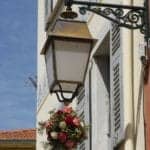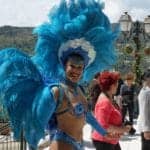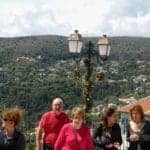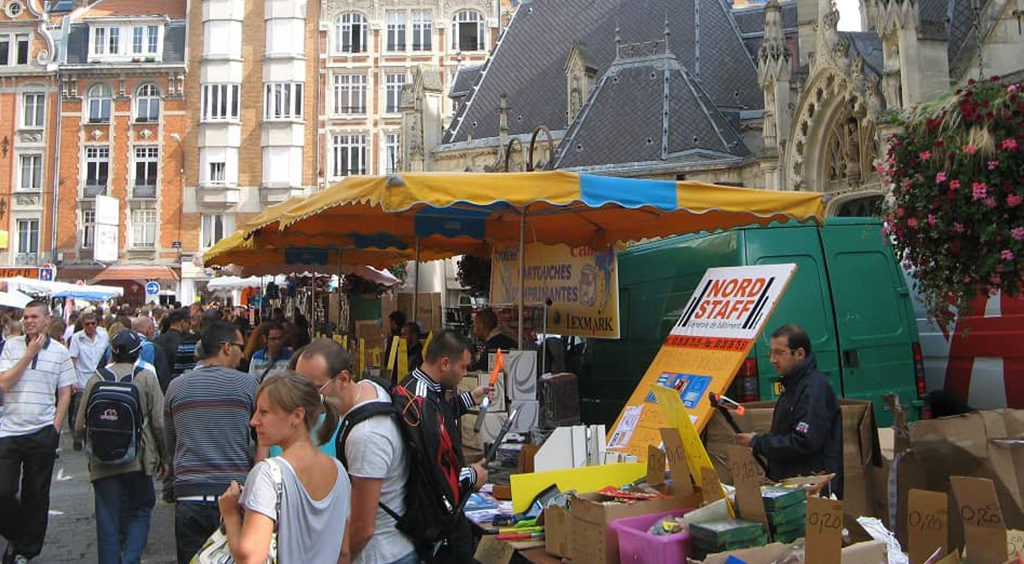Carnation festival, Fete de l´Oeillet
In the 1970s, carnation lost popularity after the TV presenter said inappropriately that it brings bad luck. The French are a superstitious nation, the consequences were catastrophic. Over time, the situation improved, today the flower has its own festival
If you have ever visited Nice, for sure you noticed that it is a city of flowers. Every morning, the Cours Saleya market offers cheese, meat, vegetables, but also amazing bouquets according to the season - lilies of the valley, violets, roses, bougainvillea, peonies, orchids, tulips.... So I was quite surprised to learn that in this competition, the symbol of the Côte d'Azur is quite inconspicuous … carnation.
This flower probably came to France in the late Middle Ages from Italy. Its cultivation spread in the fifteenth century, when it became a favourite adornment of a jacket lapel. The mild climate suits it; the winters are not too cold and the summers, due to sea breeze, not too hot. Another advantage is the wide range of its colours and durability; it lasts up to three weeks in the vase. It conquered Europe very quickly and the exports grew with the railway expansion. In 1863, the merchants were able to deliver it to Paris within 24 hours, and that was great progress. Nice has become the capital of flowers.
At the beginning of the 20th century, the surrounding hills were densely covered with cloves; they fed hundreds of producers. In the sixties, the original variety was replaced by a hybrid with an American carnation with a thicker stem, which is less pest-resistant, so they started growing them in greenhouses. By the way, the reproduction of the plant and its crossing required years of research; the pollen has to be carefully extracted from the anthers by hand and transferred with a small brush to the pistil. It takes a lot of patience; no wonder that today there is only one breeder who mixes plants with desirable characteristics and creates new shapes and colours...
Carnation was still the number one on the market in the 1970s, but his "career" almost ended after the TV presenter, Danielle Gilbert, said inappropriately that the carnations bring bad luck. The consequences were catastrophic, the sale of cloves went immediately down; suddenly nobody wanted them. Neither the public disclaimer nor the special program made in Nice saved the situation.
The poor plant owes its bad reputation to the theatre. In the 19th century, the actors only had short-term contracts with their scene, often weekly. The director waited until the last moment what the situation would be, and then he sent the artists either a big bouquet of roses, which meant a prolongation of the contract; or, in the case of disinterest in the cooperation, the carnations - and the actor could start packing. Well, the French are a superstitious nation, they didn't want to listen; and for some period, the carnations´ popularity fell sharply. Over time, the situation improved, but they have reached only the second place - the best-selling flower of the country remains a rose.
In Provence, they still grow them. Harvesting takes place from November to May, a large number of cut plants are immediately dispatched to the north of Europe. And in April, the carnation has its own festival in the village of Falicon.
Nice is in this period already full of colours, and the sun shines so brightly you can put a summer dress. On Saturday, I walked through my favourite Cours Saleya market, smelling of lilac and freesias; and then took the tram. At the final stop over the city I changed for a minibus that headed up. Serpentines leaded us higher and higher, the road winded, and I could feel the breakfast in my stomach rolling from one side to the other, as if deciding whether or not to return, where it came from. What luck that it was only five kilometres!
From the top we had impressive views of Nice, the coast and the sea, stretching to the horizon. The surrounding hills shone with fresh greenery; there were many delightful villages perched on top of them. One of them is Falicon.
We stopped at the parking lot below the hill, from which a bus shuttled people even higher and steeper, up to the car park. Its decoration gave the impression that the inhabitants take their festival seriously. The railing was wrapped with garlands of fresh flowers and brightly coloured balls composed of cloves were hung from the lamps.
The main street below the massive rocks was filled with market stalls. I was surprised that they didn't have anything made of carnation, because the French can use everything and turn it into a delicacy or at least into cosmetics. When they organize a holiday for any weed, other products are always present; you can buy flowers and sausages, as well as classics like honey, clothing, jewellery, glass... and I love it.
The village retained its ancient character; it was like finding myself in the past. The stone houses were whitewashed and the gates of many were adorned with bouquets. Small street fountains and wells looked beautiful with wreaths of cloves, but also roses and lilac. On the cords above the streets, lanterns were hanging. And the flowers couldn´t miss on the facade of the Baroque church. What an adorable town.
The theme of the festival was the Fiesta; and so the real Brazilian dancers opened the festivity. As soon as we heard the drumming, they suddenly appeared at a miniature square and began dancing. Red, blue and orange girls, shaking feathers (and busts) and giving out hundreds of smiles brought a little South American atmosphere with them.
Slowly, the locals gathered around; women in their best dresses, men in suits. When the sexy Brazilians finished, the mayor officially opened the Carnation Festival and some other officials spoke after her. Later, one of them went straight towards me, and since he certainly knew all of his "thirty-five" residents, he recognized I was a stranger - so he personally welcomed me, shook my hand and wished me a bonjour.
When it was time for lunch, most people went to eat at the stalls. There was such a divine smell in the air that I could hear my stomach growling! They baked and cooked some simple but good things – meat, sausages and piglets, seasoned with Provencal spices. As a starter, I had fantastic freshly mixed spreads based on olive oil - with basil, tomatoes and garlic. Imagine this delicacy on a crispy warm baguette...
In the afternoon I enjoyed a pleasant stroll through the other two streets and took some more pictures. Above my head, rainbow-coloured bubbles were floating, produced by the bubble machine in front of the Town hall. Shop assistants, basking in the sun in front of their boutique, chatted and sipped coffee. Musicians were warming up in the shadows. The children were stuffing themselves with cotton candy, impatiently waiting for their turn at the "makeup artists" who painted their faces.
The flowers creatively arranged on the theme of Fiesta, competing for the first place, were displayed in two halls. The decision was up to the visitors, I voted for the pink-yellow bouquet.
By the way, according to legend, red carnations were born from drops of Jesus' blood after his crucifixion. The Romans used cloves to pay tribute to their gods; the Greeks decorated the winner’s heads with a flower wreath. They are a symbol of caprices, but also passion and waiting; in the Middle Ages they represented loyalty and engagement. And later also the workers' movement; as a result of which their popularity in ex-socialist countries after 1989 sank very low. On the other hand; in Portugal, they are a nice reminder of the revolution against Dictator Salazar when people placed them in the muzzles of the soldiers ‘guns. Also Italians and Spaniards love them. The Japanese prefer pastel shades that are sometimes genuine and sometimes achieved by colour absorption. In 1912 they got into the perfumery - Guerlain used them in his perfume Heure bleue.
At the end I bought a big bunch of colourful flowers with jagged petals and went back to Nice. Carnation festival was small but nice, in France you can always rely on the fact that the town will be decorated and local delicacies will be available.
And if you went there on Sunday, you would also experience the election of Miss Falicon ...


